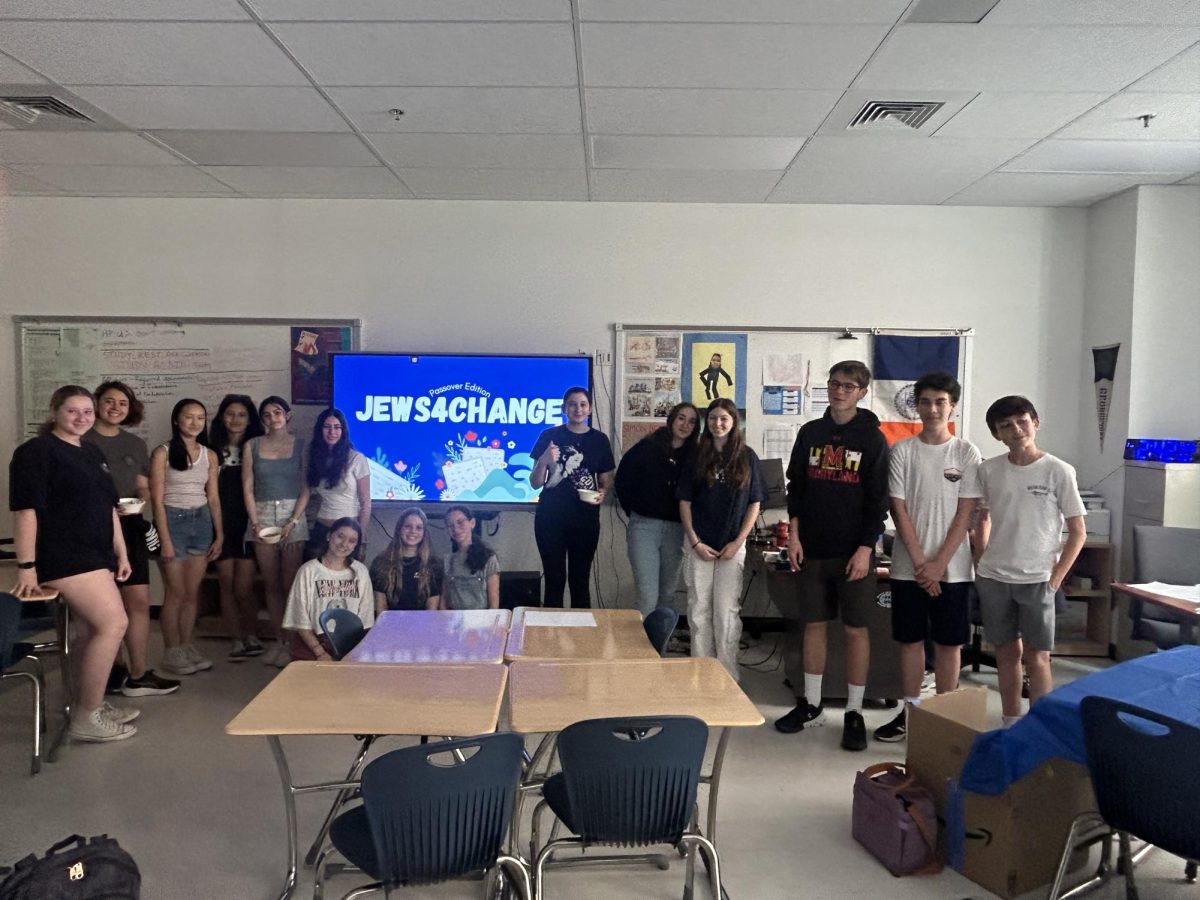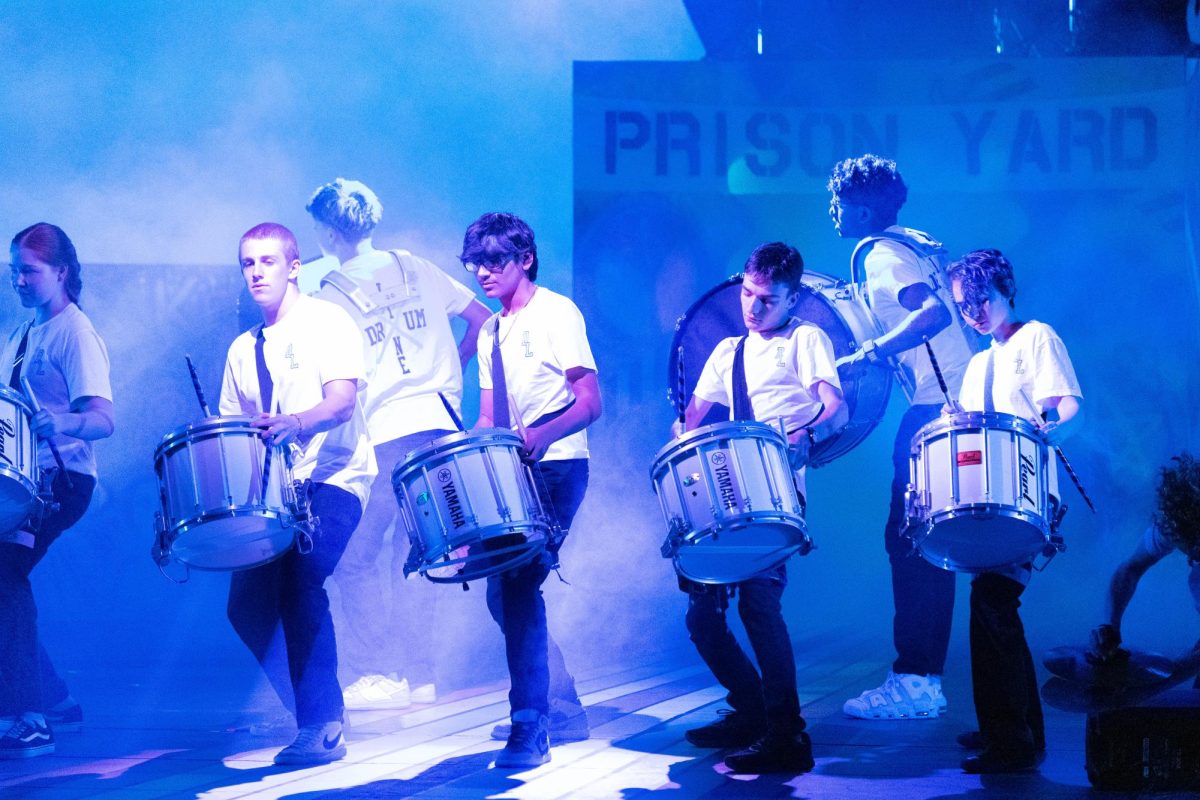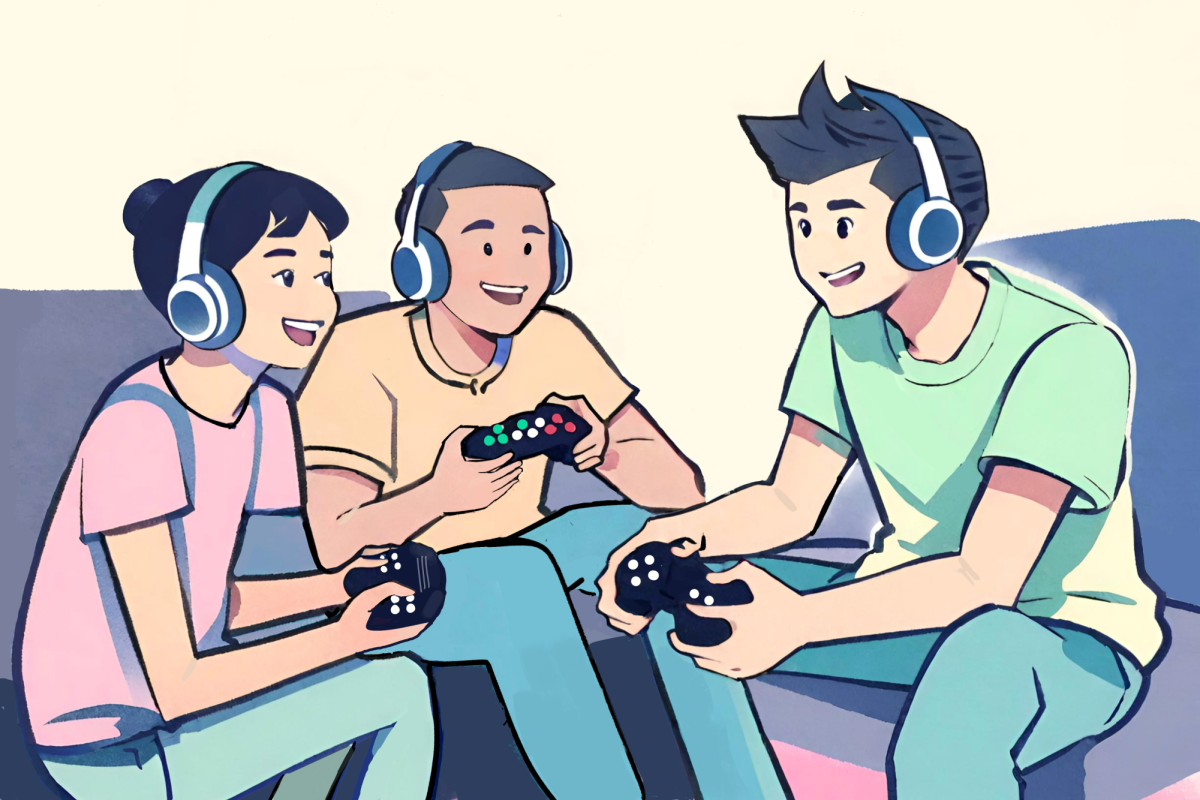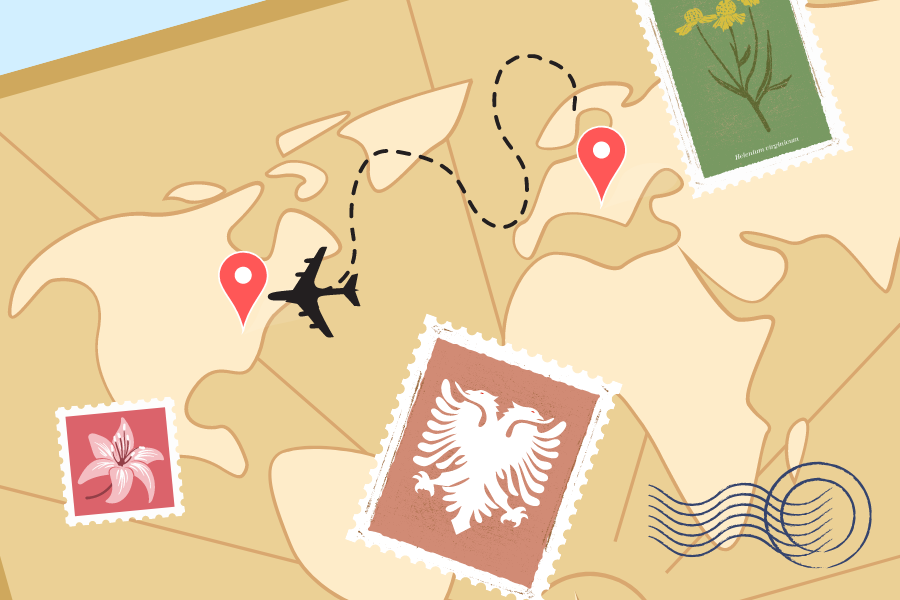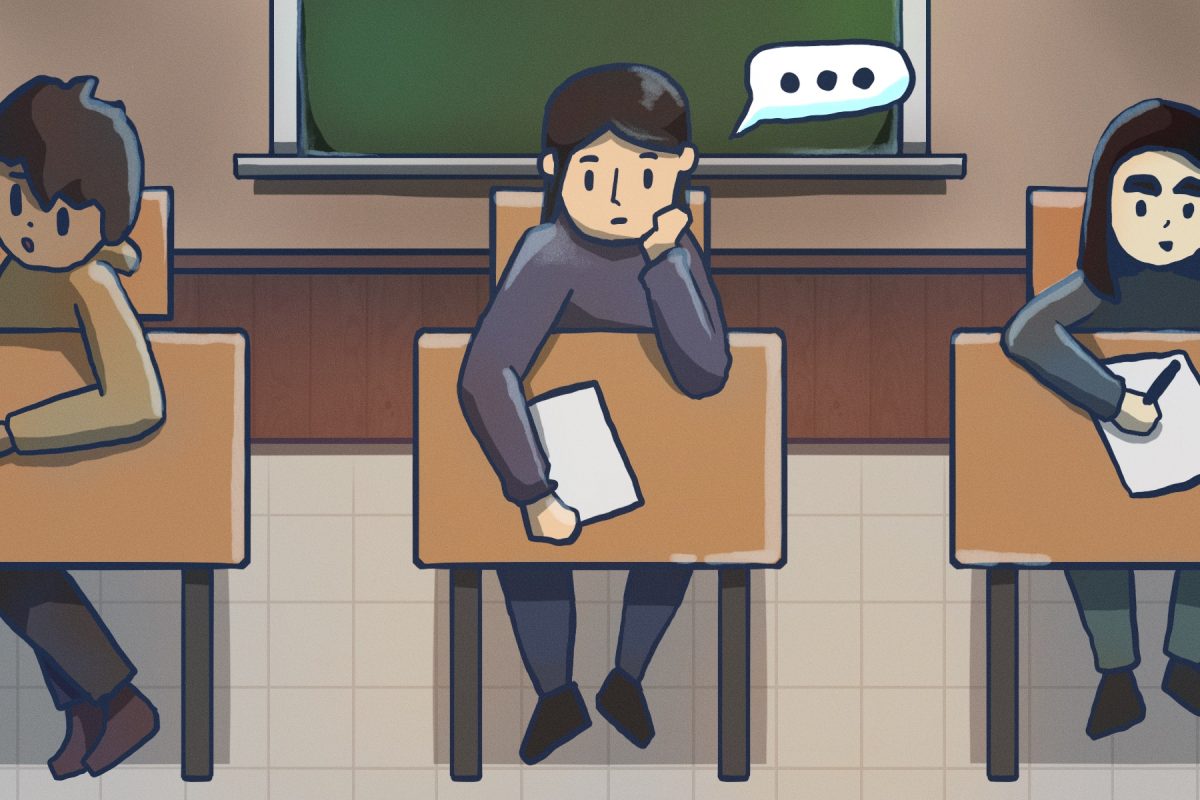Sometimes I feel cheated when I think that by this time we’re supposed to have flying cars and jetpacks, at least according to old cartoons and movies about the future.
But although these technologies haven’t come to pass, transportation just got a whole lot cooler than even the Jetsons predicted. The newest technology: cars that are driven completely automatically.
California passed a law last month that allowed driverless cars to be test driven on commercial streets. California followed two other states, Nevada and Florida in passing autonomous car laws, but its size and importance signifies large strides for this new technology.
Google is the primary manufacturer of driverless cars, with 12 current models on the California streets. A scanner on top of the car uses lasers that bounce off objects around it to judge the size and distance of passing cars, objects and people (think echolocation in dolphins and bats). The data from these scanners, along with numerous computer programs and several on-board cameras, are processed at hyper speed, and dictate the car’s steering, breaking and acceleration.
The cars can judge when to change lanes, stop at intersections and stop signs, and give other cars the right of way. They sense a street’s speed limit and the flow of traffic to adjust to a good speed. A GPS system in every car dictates where it goes.
When I first heard of this new technology, I thought it seemed incredibly cool, but also extreme. Our society may be lazy, but the notion that we’re so lazy that we would spend millions of dollars and the time of some of our best minds just so we don’t have to drive to work in the morning is a bit ridiculous. But my assumptions about the cars were wrong: they aren’t designed for novelty, but for safety.
Contrary to what one might think, driverless cars are thought to be significantly safer than normal cars. Sebastian Thrun, the head engineer of the project, lost his best friend to a car accident when he was 18, and has dedicated his life to preventing deaths like these ever since.
Currently, driving cars is incredibly dangerous. An average of 40,000 people die in car accidents in the US each year, according to the Insurance Institute for Highway Safety. That’s the equivalent of a plane crashing and killing everyone on board every single day.
Human error accounts for 90 percent of all car accidents, according to the International Organisation for Road Accident Prevention. Driverless cars eliminate this human error from the equation. In autonomous cars, drivers can say goodbye to accidents due to drunk driving, texting while driving, sleepiness and pure human stupidity. Google has said that it has logged more than 300,000 miles in its cars without a single accident. If driverless cars become used widespread, it could save hundreds of thousands of lives.
But, there are some downsides to driverless cars.
Although they would reduce accidents, driverless cars would make the accidents that do happen much more complicated. Questions invariably arise such as if a driverless car crashes, who does the liability fall on: the owner and passenger, or the car company? In addition, many people simply love the feeling of driving and wouldn’t give it up for anything, while others might find it hard to trust a machine while driving on difficult highways and narrow streets.
But regardless of the setbacks, this cutting edge technology is something that previously would only have been considered in scifi films, and I certainly hope to see adopted in my lifetime. Who knows what the world would be like with no reason for drunk driving assemblies, texting while driving commercials and millions of broken-hearted parents each year.



